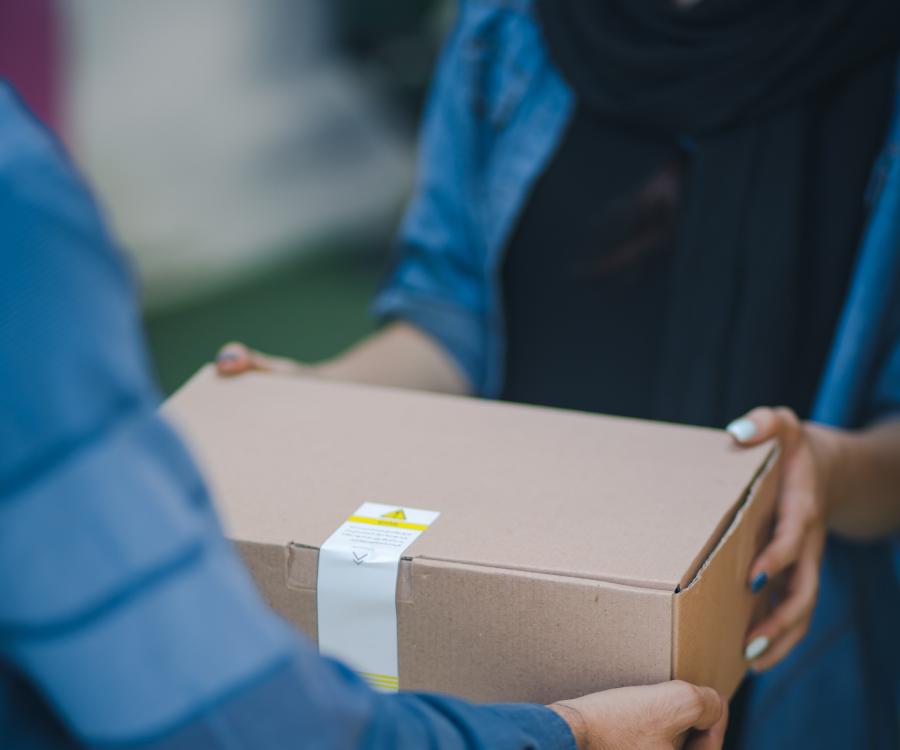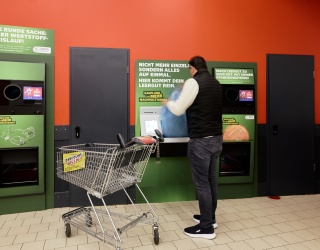
GS1 US has published a new guideline titled "Applying GS1 Standards for Supply Chain Visibility in Blockchain Applications," an educational resource that can help industry enable supply chain visibility in blockchain implementations by leveraging GS1 Standards.
The guideline demonstrates how multiple GS1 Standards can be utilized in a blockchain ecosystem to optimize data sharing. For example, the EPCIS (Electronic Product Code Information Services) standard allows supply chain partners to capture transactional information about supply chain events (e.g., when a product was shipped and when it was received) and share that information with their trading partners. EPCIS is in use today across various industries and helps document product chain of custody across trading partner networks when used for blockchain. Common use cases for blockchain in the supply chain include food and drug traceability, product sourcing transparency and order-to-cash process automation in retail.
Step 1: adopting standards
"Launching any blockchain program without first adopting standards means supply chain partners risk sharing potentially bad data on a permanent ledger," said Kraig Adams, vice president, blockchain, GS1 US. "GS1 Standards help ensure that all parties involved are sharing data consistently, which enhances interoperability and data quality. The guideline is a starting point for those who want to take a thoughtful approach and realize the maximum benefits of blockchain."
Understanding qualities of blockchain
The guideline was developed by GS1 US in collaboration with the GS1 US Cross-Industry Blockchain Discussion Group, formed in November 2018 to help companies better understand the transformative qualities of blockchain in the supply chain, and prepare for blockchain implementations using GS1 Standards. The group comprises more than 80 organizations including leading manufacturers, distributors, foodservice operators, retailers and associations across the foodservice, retail grocery, healthcare and apparel and general merchandise sectors.






